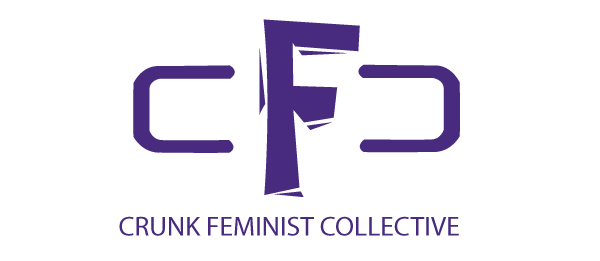Yesterday night, after a long day at the office working on women’s health and reproductive justice. I settled in front of the computer with some tea and a determination to catch up on what’s happening in Libya, and what the arguments both for and against military intervention. I found a couple of very nuanced assessments that helped me get a handle on the situation.
An article in Jadaliyya makes the crucial point that, “The desire to act in solidarity with the Libyan people demands that we assess the available options against the core principle of legitimacy that any intervention must satisfy: do no harm (that is, do not do more harm on balance by intervening). The likelihood that any of the current proposals involving coercive intervention would satisfy this principle is severely constrained when evaluated against the historical record, logistical realities, and the incentives and interests of the states in a position to serve as the would-be external interveners.” Please read the full piece here.
Additionally, yesterday Democracy Now! hosted Libyan poet, scholar and University of Michigan professor Khaled Mattawa, who supports U.S.-led intervention, and UCLA law professor Asli Bali, who says the U.S.-led coalition has ignored viable alternatives to military attacks. Their debate is sincere and each of these scholars makes critical points about the aims of the US military intervention and the alternatives in the face of a brutal dictator. Watch the segment here.
Then, as I kept reading and watching various news sources, I found that sleep was evasive and I needed something to help me make sense of all these competing political narratives. And that brings me, finally, to the point of this post: Art. I’ve always felt that art is so much more than singular acts of creative expression. It is analysis. It is energy. It is action. It is therapy. It fosters reflection and yes, it can change the world.
We know that laws are made by those who win the wars. Policies are made by those who can vote. But if we seek the voices of the disenfranchised and the marginalized, where do we look? We look to their art. More than anything I read about Libya, nothing reflected the turmoil I was feeling more than the following performance by Suheir Hammad, Palestinian-American poet, author and political activist.
In the comments, please share other sources on Libya as well as anything that is offering you sustenance during these times.

“But if we seek the voices of the disenfranchised and the marginalized, where do we look? We look to their art.” Love this…and thank you for posting that video of Suheir Hammad. It’s a performance I’ve watched multiple times. I really think that the arts can change human hearts more powerfully and more swiftly than the most astute and in-depth analysis.
Nevertheless, here is one link with analysis that is persuasive against intervention: http://www.counterpunch.org/prashad03232011.html
great post!
thank for posting suheir’s inspiration…folks, if you don’t already know, read about eman al obeidi and demand her release:
http://www.nytimes.com/2011/03/27/world/middleeast/27tripoli.html
http://www.youtube.com/watch?v=bgewM4Poi_Y&feature=related
I am heartbroken and angry for she represents so many women raped and tortured daily. And I am so saddened by the other women who try to silence her in the video, the internalized -isms at play…She’s a true hero! Free Eman Al Obeidi!
Free Eman Al Obeidi!
The people that try and silence her are dead wrong